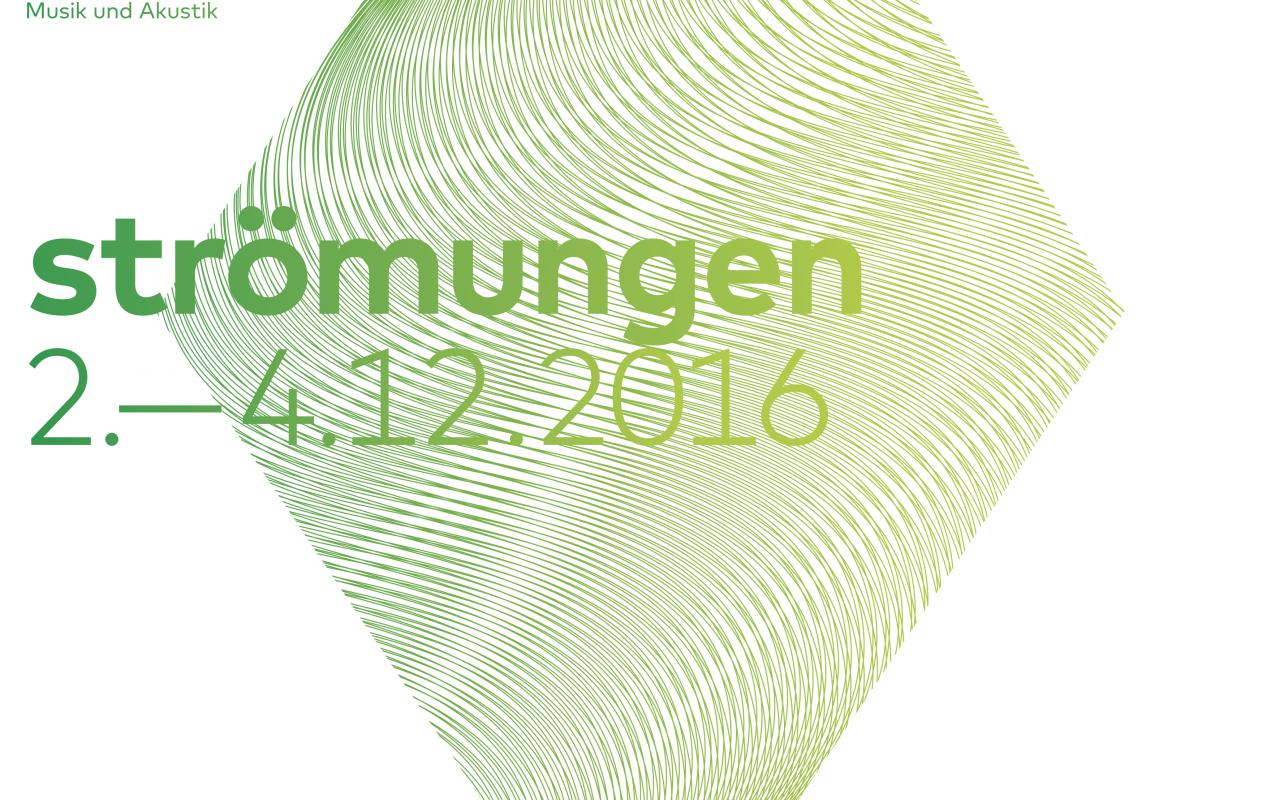
Artistic sonifications by Till Bovermann, Florian Grond and Falk Morawitz will be presented in this concert.
Programme
Till Bovermann »DetaNocturn« (2011), Fixed Media
Florian Grond »Safety Certificate« (2010), Fixed Media
Falk Morawitz »Spin Dynamics« (2016), Fixed Media
Falk Morawitz »Inner Resonance« (2016), Fixed Media
Till Bovermann »DetaNocturn« (2011), Fixed Media
»DetaNocturn« is a realtime-sonification of the execution of self-manipulating programs. The programs run on Betablocker, a turing-complete fictional CPU architecture, specifically designed and implemented by Dave Griffiths for live-coding and sonification purposes. The piece explores the shallows of digital processing and makes audible the soundscapes of its raw computation.
Florian Grond »Safety Certificate« (2010), Fixed Media
»Safety Certificate« is a musical performance based on sensor data from high-speed trains. The original purpose of this data is to provide a basis for the assessments of the mechanical aspects of train safety. In this performance, the data, which represents dynamical processes below the audible range, are converted into sound through audification. The sound that is generated live during the performance is manipulated through the Manta control interface, which allows for the convenient layering of 48 different timbres. »Safety Certificate« was premiered at Seconde Nature in Aix-en-Provence in March 2010 during the symposium »Sonification (what, where, how, why)«. Recently, »Safety Certificate« was presented in 2015 at the Frederick Loewe Theatre at NYU during the symposium »Sound Images and Data«.
Falk Morawitz »Spin Dynamics« (2016), Fixed Media
»Spin Dynamics« is an acousmatic composition exploring the use of sonified nuclear magnetic resonance data in an electroacoustic music context. Nuclear magnetic resonance experiments excite molecules to produce electromagnetic radiation in the audible frequency range with unique frequency patterns and timbres for every molecule.
Given that there are far more than 50 million structurally different organic compounds, the potential sounds created are hugely varied and divers. In this piece, around 100 organic compounds have been selected and sonified via their hydrogen and carbon nuclear magnetic resonance data. The sound selection and arrangement is purely following aesthetic concerns, with each section of the music composition highlighting different aspects of the raw molecular sound material.
Falk Morawitz »Inner Resonance« (2016), Fixed Media
»Inner Resonance« is an acousmatic music composition and aesthetic study exploring the interplay of sounds derived from solid state nuclear magnetic resonance spectroscopy data and the sound of the bass clarinet. All gestures and textures are created by combining chemical and instrumental sounds in either the time domain or spectral domain iteratively throughout the piece. The title of the piece alludes to the physical phenomenon of resonance, in which an external force can only excite an oscillation in another system, if the outside force is ‘in tune’ with the oscillating system. Figuratively, Inner Resonance is an attempt to find these places of mutual resonance between the instrumental and chemical world, presenting musical sections of stark contrast or harmony throughout the piece.
